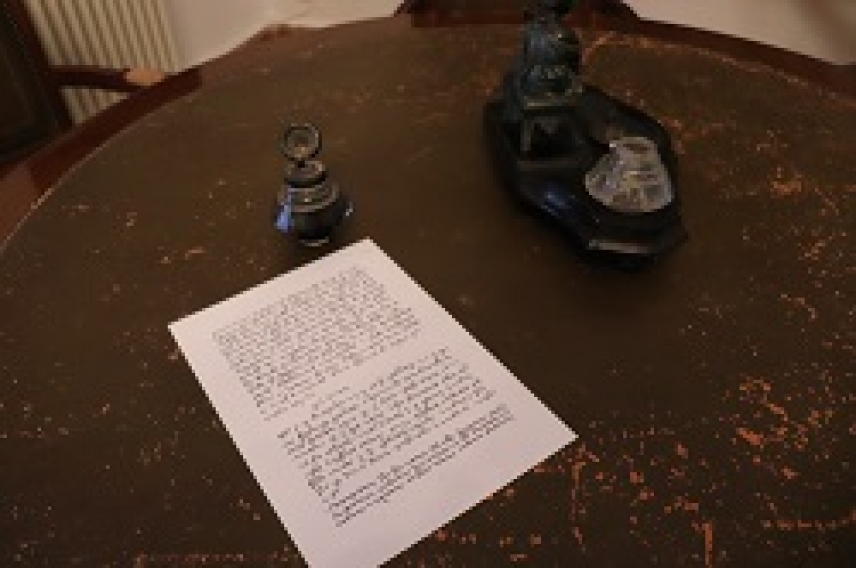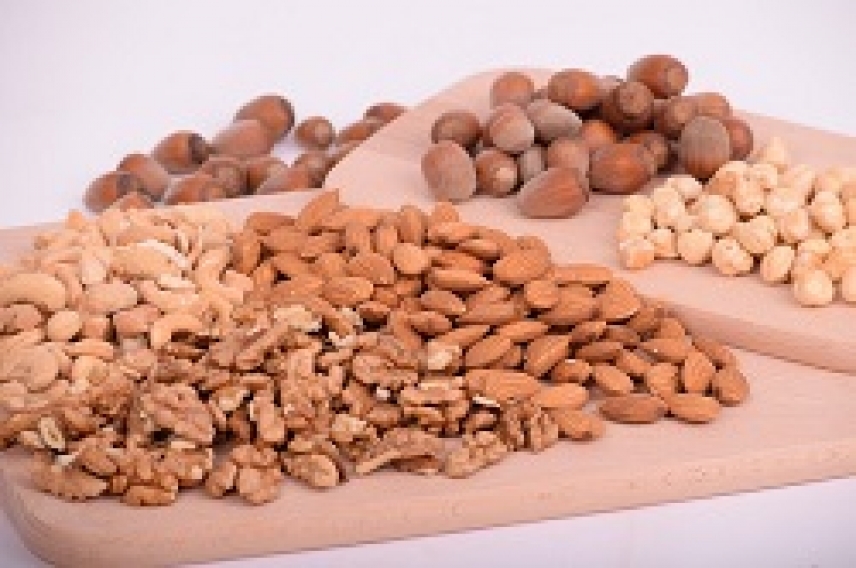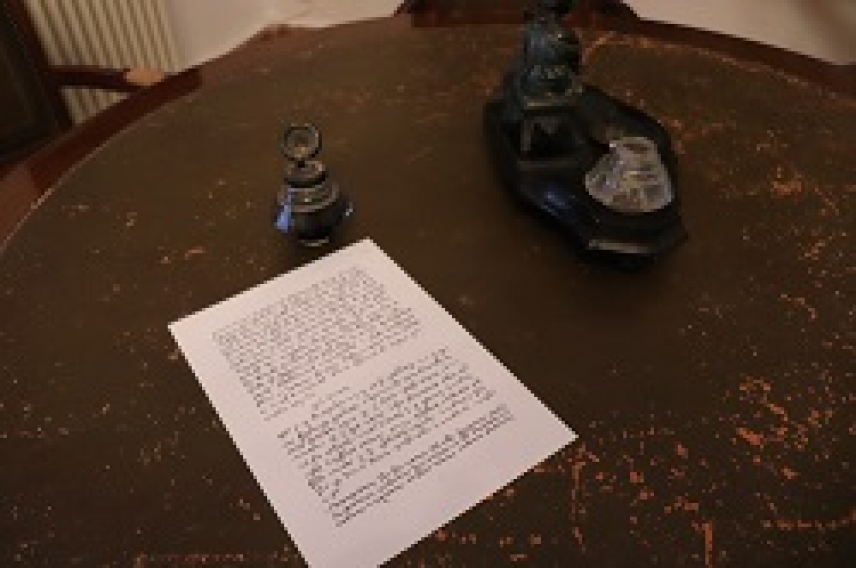Medieval inks for heritage conservation
Researchers at the University of Cordoba and Nova University in Portugal have replicated five medieval inks using 15th and 16th century recipes
The fact that historical archives, libraries, museums, writing workshops and even monasteries, currently conserve medieval manuscripts is not only a question of heroes or ordinary people who went through the trouble to save them, passing them down from one generation to the next, or who hid them so they would not be destroyed. The materials used to write and draw upon paper were crucial so that surviving written texts can be read, translated and interpreted nowadays.
Almond shells give potential to electric cars
A University of Cordoba research team is able to manufacture electric car batteries with this raw material and increase their travel range by 60%
Climate change is a reality and its consequences are becoming evermore evident. Governments of the main world countries are taking measures to tackle this problem. One of the most controversial aspects stemming from this problem is the possible future prohibition of vehicles powered by fossil fuels. Last November, the Spanish government proposed ending the sale of cars and commercial vehicles running on gas, diesel, and natural gas as well as hybrids after 2040. This initiative has already been raised in countries such as the United Kingdom and France. This annoucement by the executive government is expressed in the future Climate Change and Environmental Transition Law, which will contribute to Spain being able to fulfill its international commitments against global warming.
Tintas medievales para la conservación del patrimonio
El material usado para escribir en los siglos XV y XVI es fundamental para que hoy se puedan leer
Investigadores de las universidades de Córdoba y Nova de Portugal han reproducen cinco tintas medievales.
Para fabricar las tintas han usado los ingredientes y métodos escritos en recetas de la época.
Las recetas las han encontrado en diferentes puntos del mundo como la Cancillería episcopal de Braga en Portugal, la Biblioteca de la Facultad de Medicina de Montpellier o el Archivo Histórico Provincial de Córdoba, datada en 1474.
Loa ingredientes usados han sido cáscaras de la fruta de la granada, agallas de los vegetales, caparrosa, agua y goma arábiga.
Los investigadores han usado las mismas cantidades de materiales y la misma temperatura que indicaban las recetas.
Los científicos han utilizado las mismas reacciones químicas para mezclar los materiales.
Este estudio permite conocer cuáles son los mejores tratamientos para conservar los documentos históricos.
Tintas medievales para la conservación del patrimonio
Investigadores de las universidades de Córdoba y Nova de Portugal reproducen cinco tintas medievales partiendo de recetas de los siglos XV y XVI
El hecho de que archivos históricos, bibliotecas, museos, talleres de escritura e incluso monasterios, conserven hoy en día manuscritos medievales no es cuestión sólo de que algunos héroes o no tan héroes se preocuparan de guardarlos, pasando de generación en generación, o de ocultarlos para evitar su destrucción. El material usado para escribir y dibujar sobre papel fue fundamental para que se puedan leer, traducir e interpretar las escrituras que han llegado hasta hoy.




